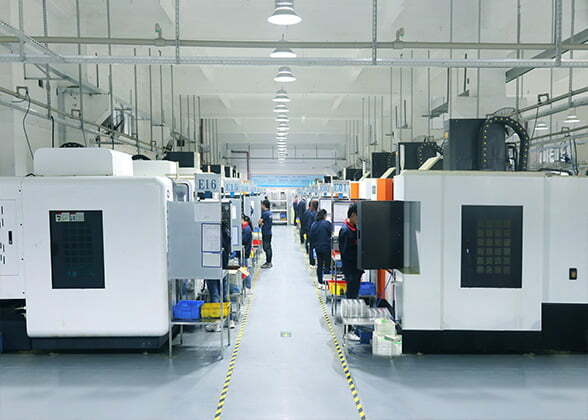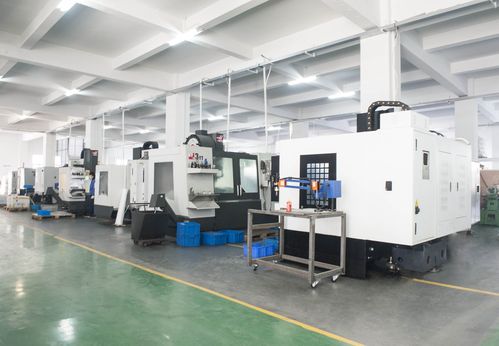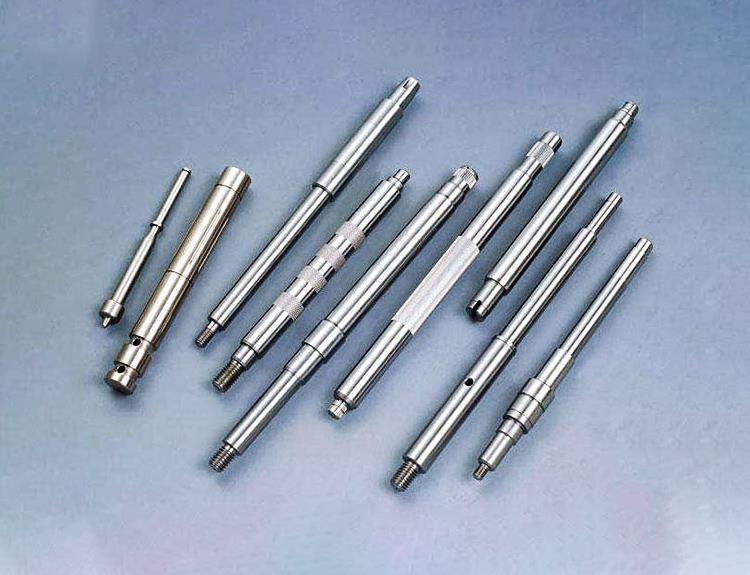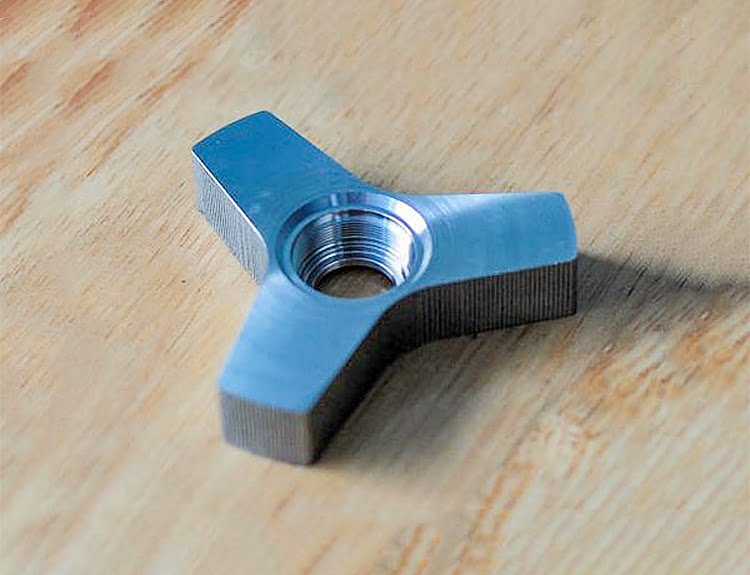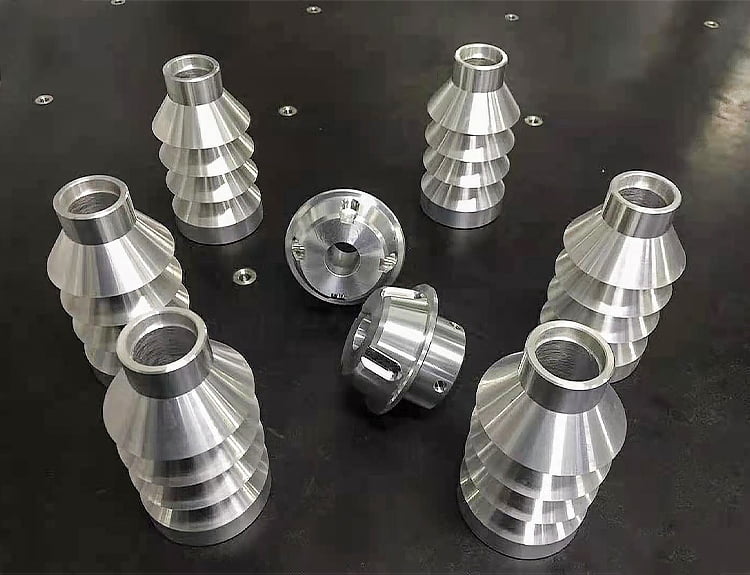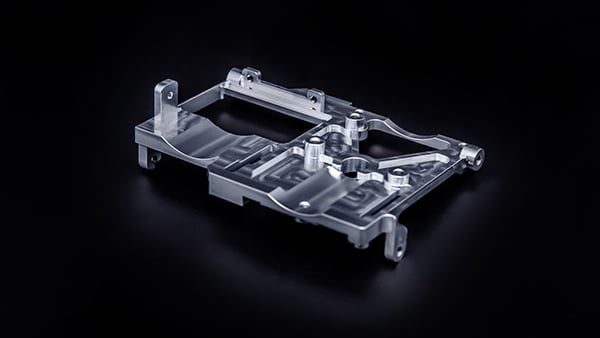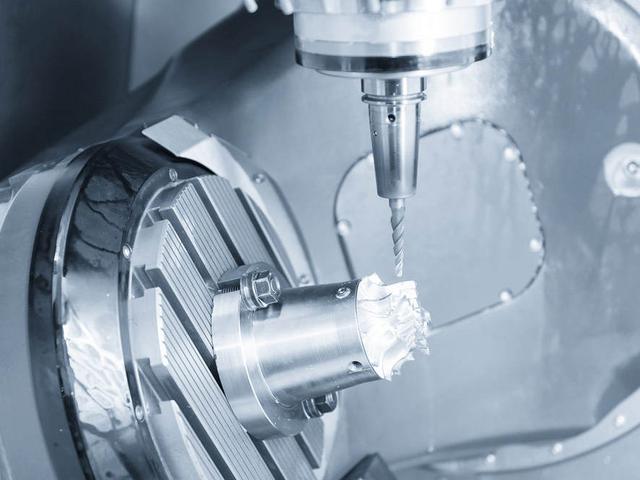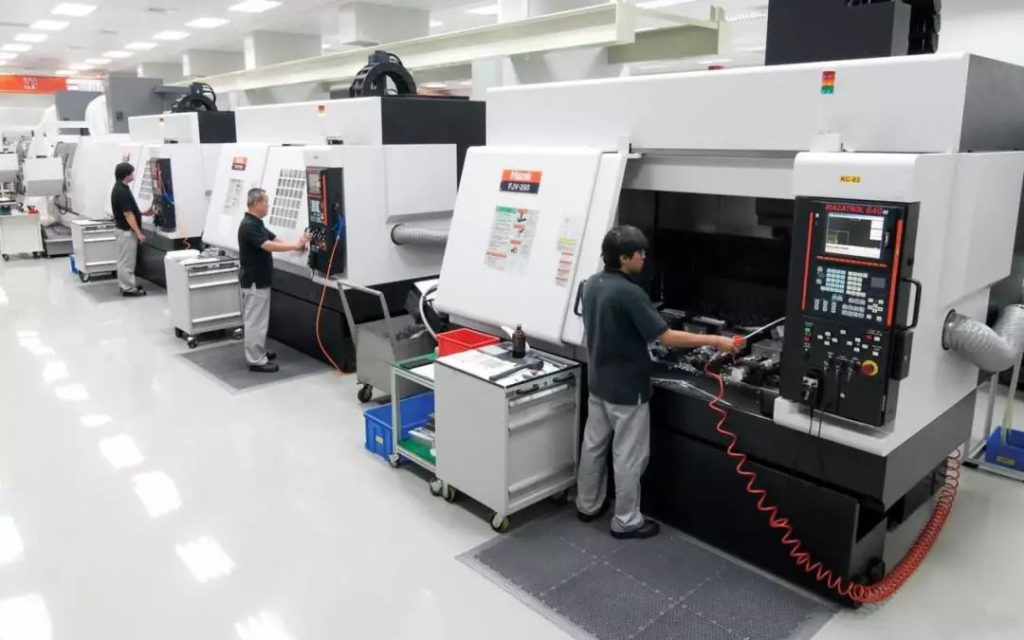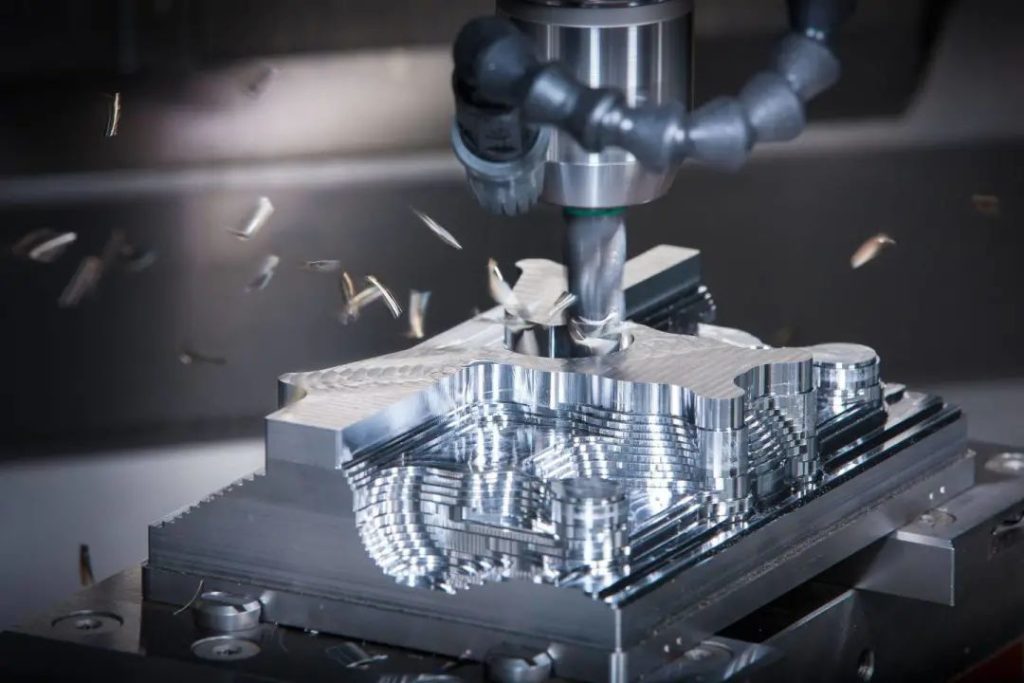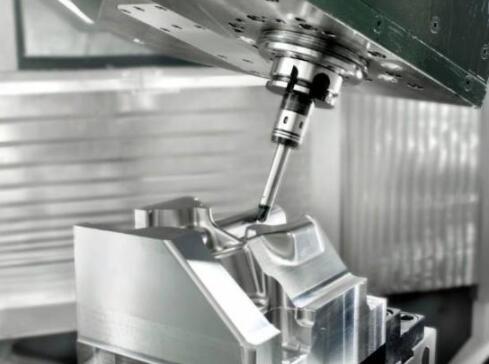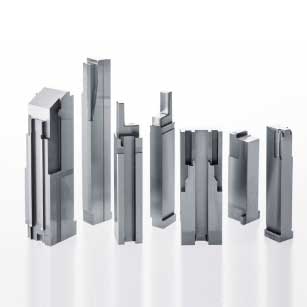The basic forming process of stamping parts
Principle of forming stamping parts: Stamping is a forming process that relies on presses and dies to apply external force to plates, strips, pipes and profiles to produce plastic deformation or separation, so as to obtain workpieces of the required shape and size.
Process classification: Stamping is mainly classified by process, and can be divided into two categories: separation process and forming process.
Separation process: The purpose of this process is to separate the stamped parts from the sheet along a certain contour line and to ensure the quality of the separated section. Separation processes: punching (drop, punching), shearing, notching, edge cutting, and cutting.
The deformation process of the sheet during punching
When the die clearance is normal, the punching process of metal material can be divided into three stages.
Elastic deformation stage
The sheet is deformed by elastic compression, bending and stretching. The deformation or change in size of the material when it is subjected to an external force and can be recovered is called elastic deformation.
Plastic deformation stage
The stress of the sheet reaches the yield limit and the sheet starts to produce plastic shear deformation. It refers to the part of deformation produced by the material under the action of external force and cannot be recovered after the external force is removed.


